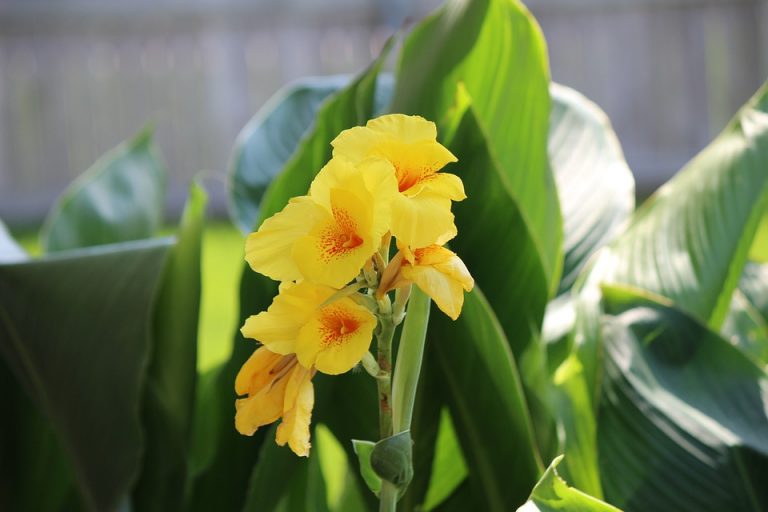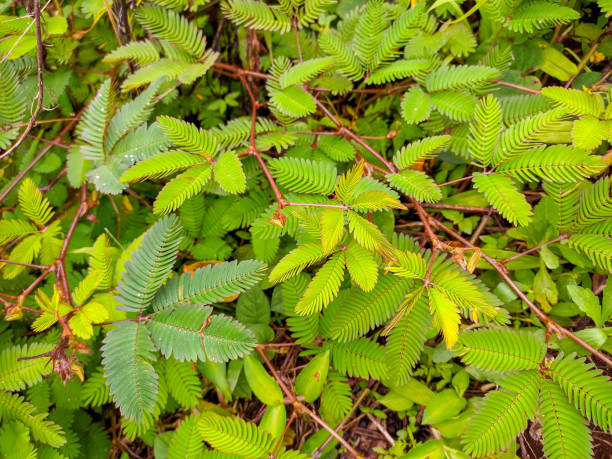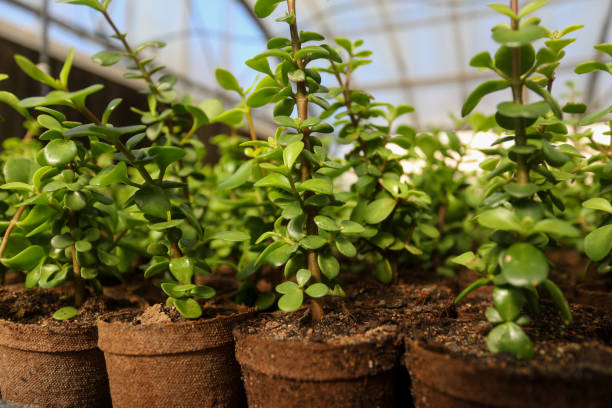How to Grow and Care for a Perfect Snake Plant?
Snake plants, one of the more common types of potted flowers, are very capable of purifying the air, especially absorbing formaldehyde.
If you place a few Snake plants in a newly decorated room, formaldehyde will disappear after just a few days, and the air will be fresh again.
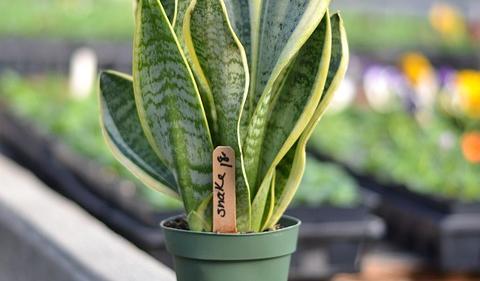
Moreover, Snake plants can secrete plant fungicides to inhibit the growth of harmful bacteria. It can be said that Snake plants have many benefits and are ideal for growing at home.
So today I’ll share with you some tips on growing and caring for Snake plants.
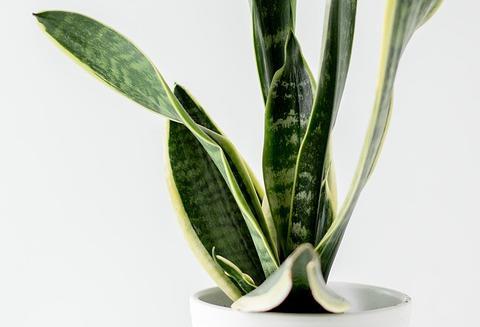
Growing Snake Plants
Pot Selection
Snake plants are generally growing upwards, and when the pots are small, the plants are lush and dense ornamental, with a very high value, so the pots we choose to plant Snake plants in do not need to be too large.
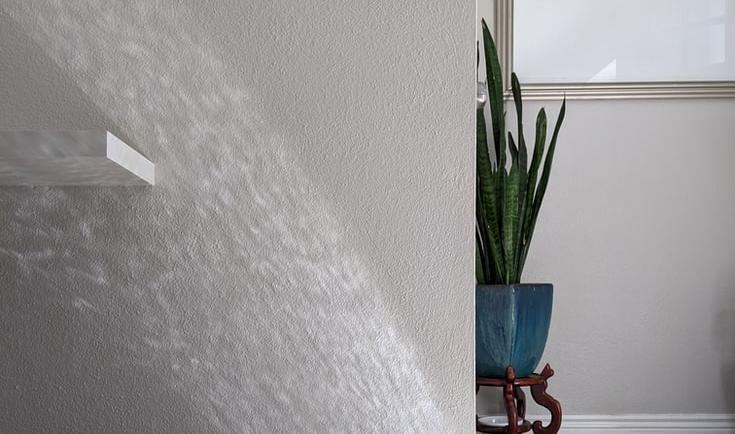
This way the overall proportions are more harmonious, beautiful, and stable, and the stems of Snake plants will grow in circles along with the pot, not affecting the overall growth of the plant.
Potting Soil Preparation
Snake plants prefer loose, moderately fertile, well-drained sandy soil, but the soil requirements are not too strict and good drainage is sufficient.

Environmental Requirements
Sunlight: Snake plants like light, so it is best to place the plant in a place where it can be exposed to direct sunlight, or closer to the sun if conditions do not allow it. Placing the plant in the shade for a long time will cause the leaves to yellow.
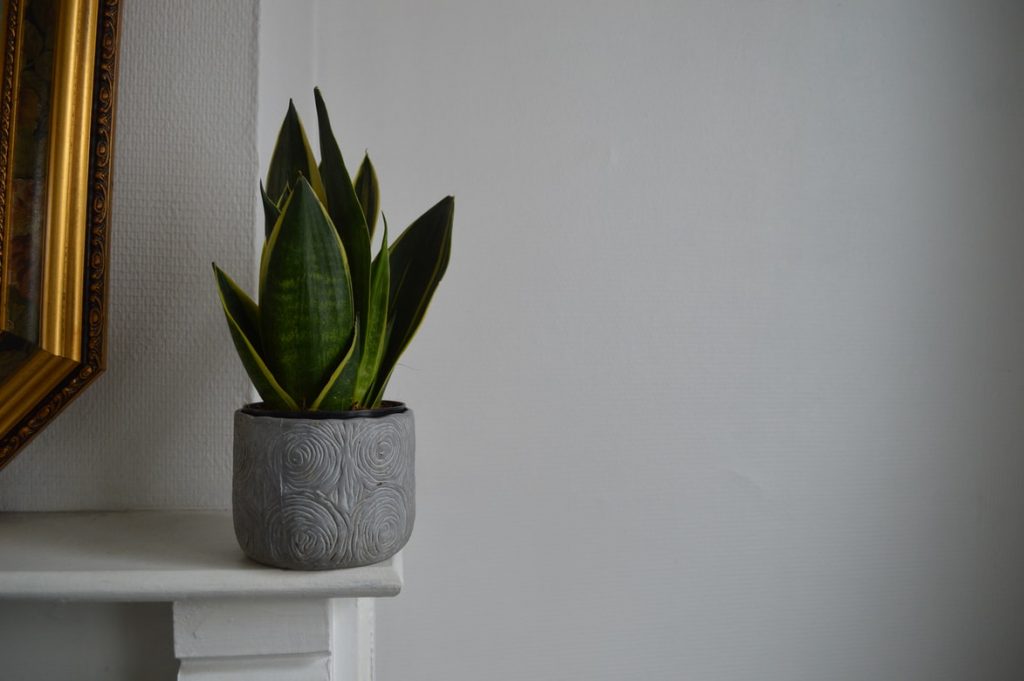
Temperature: Snake plants require a high growth temperature, the most suitable growth temperature is 20 ~ 30 ℃, winter can not be lower than 10 ℃, the northern region pays attention to insulation.
Watering Method
Snake plants like moist and dry soil, are more drought-resistant.
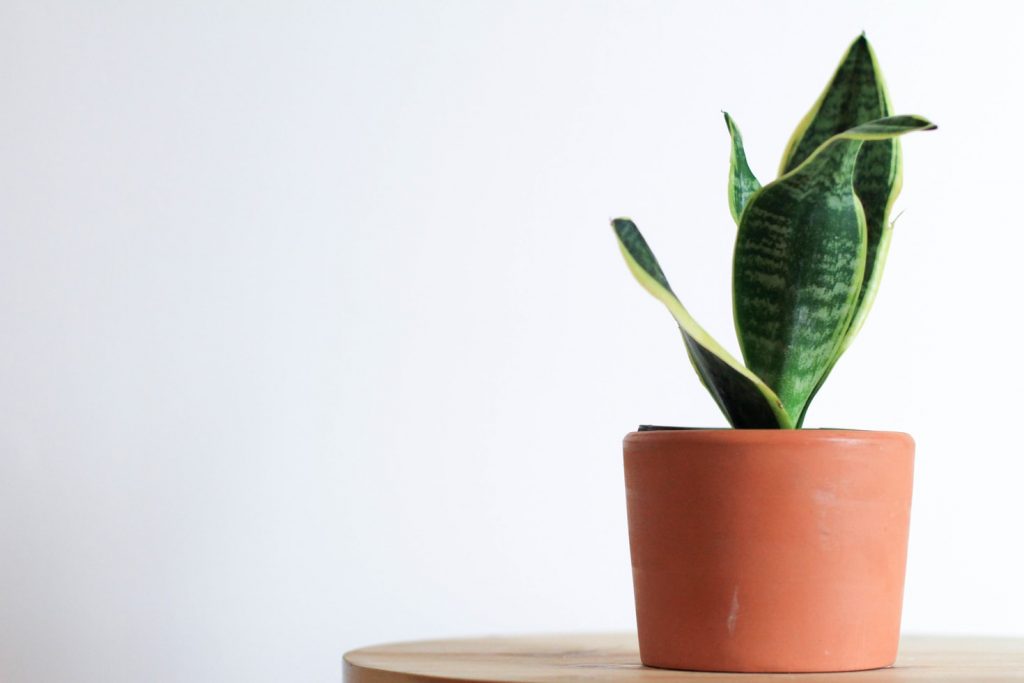
Spring is the new leaf growth season, the root neck will have new buds growth, the water requirements are slightly higher, can keep the potting soil moist. After the leaves grow out, it is better to keep the potting soil moist than wet.
In winter, when the temperature is low, keep the potting soil a little dry.
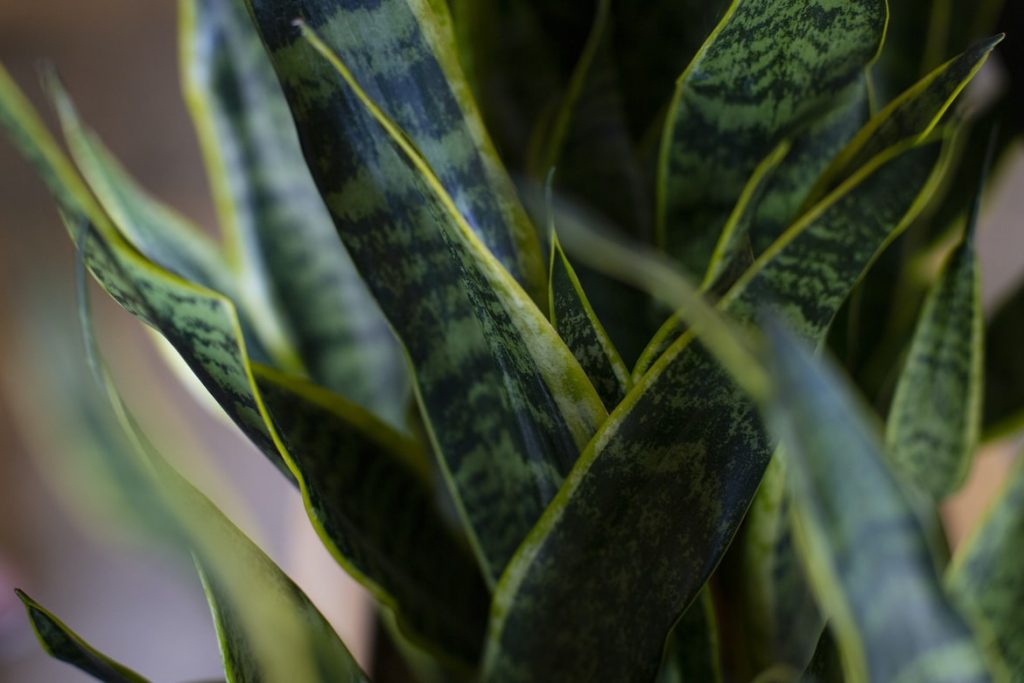
In winter, watering should be poured against the edge of the pot, so that the water will not be poured into the leaf clusters and cause rot.
Fertilization Method
Snake plants do not require a lot of fertilizer. However, if you want Snake plants to grow healthier and stronger, you can add fertilizer once a month during the growing period.

Note that nitrogen fertilizers should not be used for long periods. This will cause the patterns on the leaves of Snake plants to fade, and a mixture of nitrogen, phosphorus, and potassium fertilizer is needed.
Especially in the fall, be sure to stop applying nitrogen fertilizer and apply more phosphorus and potassium fertilizer, which can improve the plant’s resistance to cold and also increase the luster of the leaves.
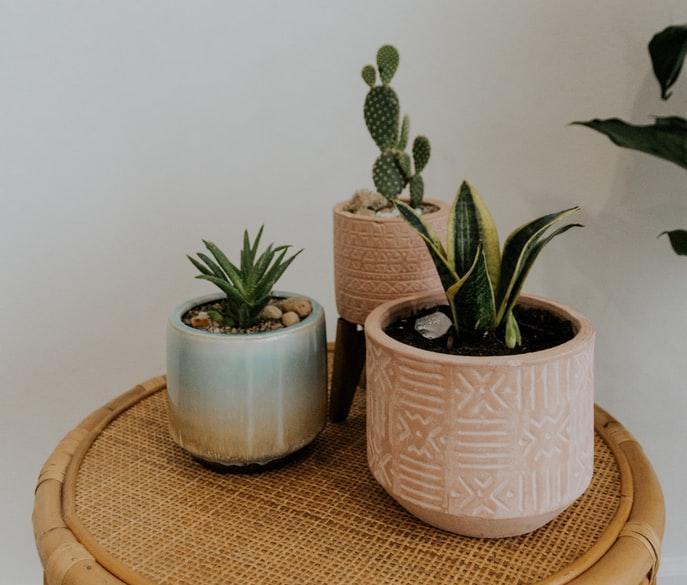
Change of Pot and Pruning
Snake plants are relatively fast-growing compared to other household greenery, so when the pot is full, cut off the old leaves or overgrown branches and leaves to ensure sufficient sunlight and growing space.
Also, change the pot every two years, replacing half of the new soil and trimming the old leaves.
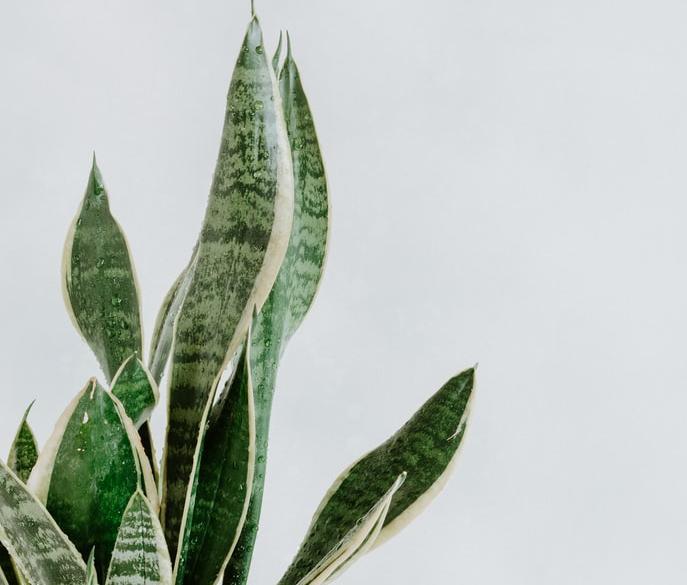
Caution!
1. Do not suddenly accept direct light
Many families in the Snake plants may be placed in the living room, desk, etc., less sunlight care, such cases, should not suddenly move the plant to the sun, should be gradually, first moved to a better light place, let it adapt to then see the sun, so as not to burn the leaves.
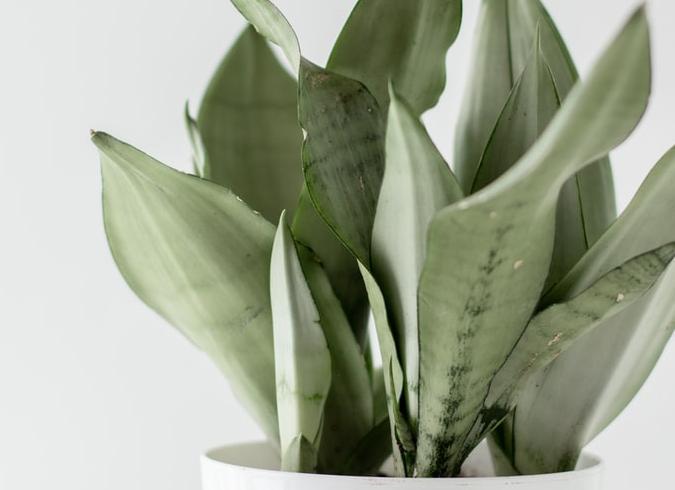
2. Watering to moderate
Watering rather dry than wet. Usually use more water to scrub the foliage dust, keep the foliage clean and shiny.
According to the different seasons of spring new plants sprouting need to appropriate more watering, keep the potting soil moist; high-temperature season to keep the potting soil moist, autumn and winter, appropriate water control, increase the cold resistance.

Pest and Disease Control
Bacterial Soft Rot
Symptoms and Characteristics
After infection, the leaves change from green to light yellow to grayish-yellow, and water-soaked soft rot appears at the base of the stem near the ground, and the affected leaves are easily inverted in the later stage. Root and stem disease, straw yellow soft rot, root rot withered.
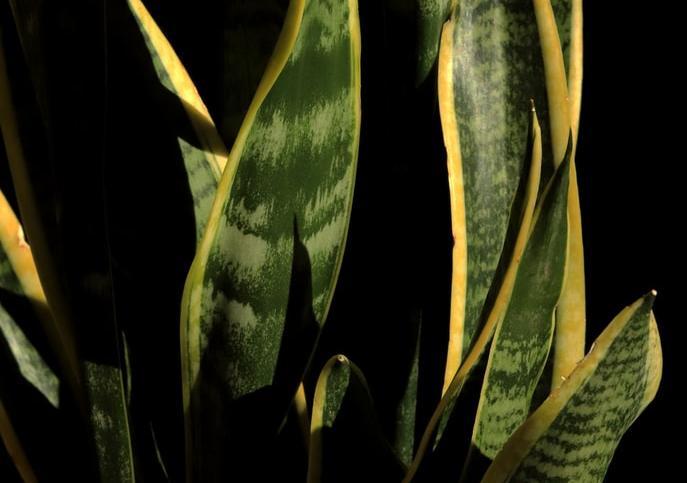
Root system by water immersion is also black rot withered. Especially in spring and summer high temperatures and rain, typhoons and heavy rains are more serious. The pathogen is caused by bacteria.
Prevention and Treatment Methods
Winter and spring should be kept above 10 ℃, control watering, high summer heat should be slightly shaded.

Spring and autumn growth periods are strong, should be increased phosphorus and potassium fertilizer to improve disease resistance.
It is best to choose disease-free soil or fire soil or plant again after heat sterilization. Diseased leaves should be cut off and burned in time.
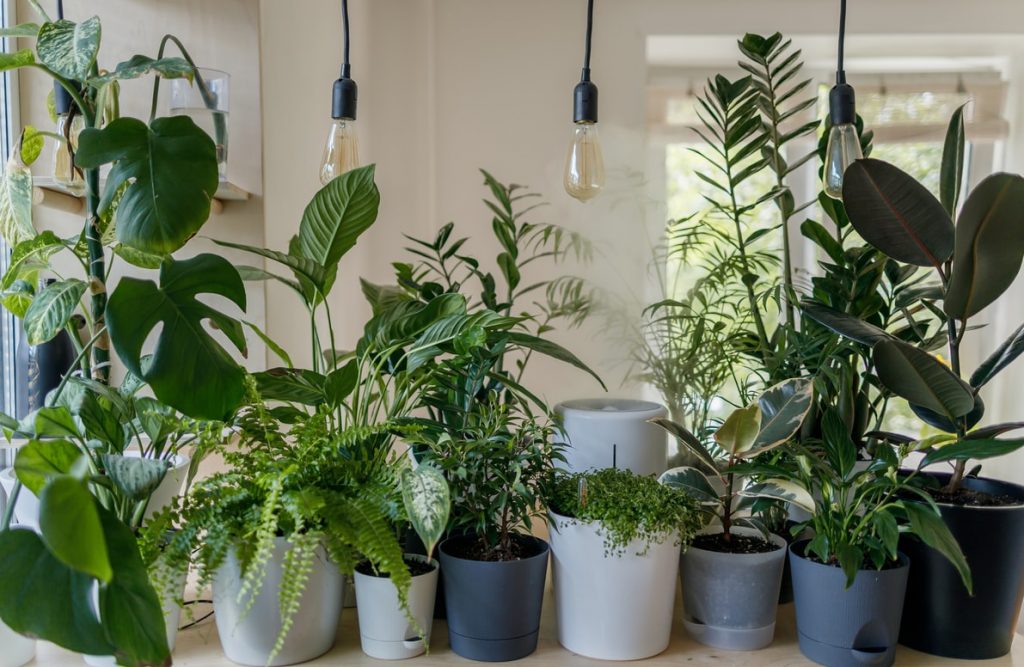
At the early stage of the disease, you can use medical streptomycin sulfate 2000 times, 47% Garenon wettable powder 700 times or 30% Greentech suspension 500 times, spray every 5-7 days, and spray 2-3 times to prevent and control.
Fusarium Speckle Disease
Symptom Characteristics
Sickle spot disease, also known as leaf spot disease, is first found in the leaves as a round spot, which can expand to 12 mm in diameter.
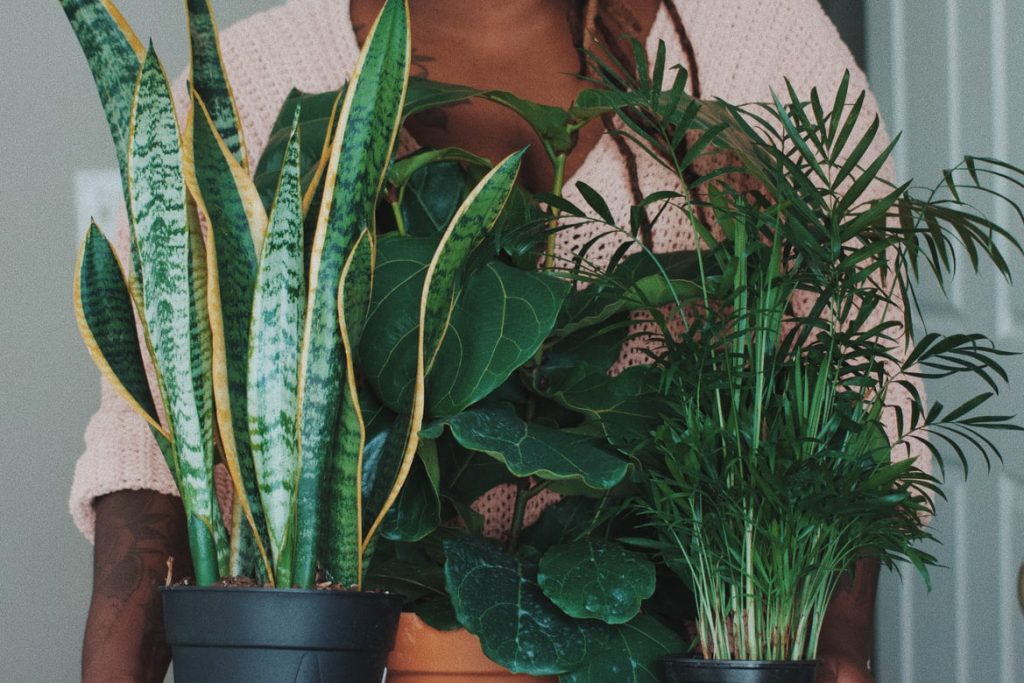
Slightly sunken, light reddish-brown, with a yellowish margin. The spots are scattered throughout the leaf, and the center of the spot dries out and falls off, forming a perforation.
Several spots fuse, ring cut the leaf, then the diseased part above withered. The pathogen is a fungus of the subphylum Hemiptera spherical. High temperature and rainy season susceptible to disease.
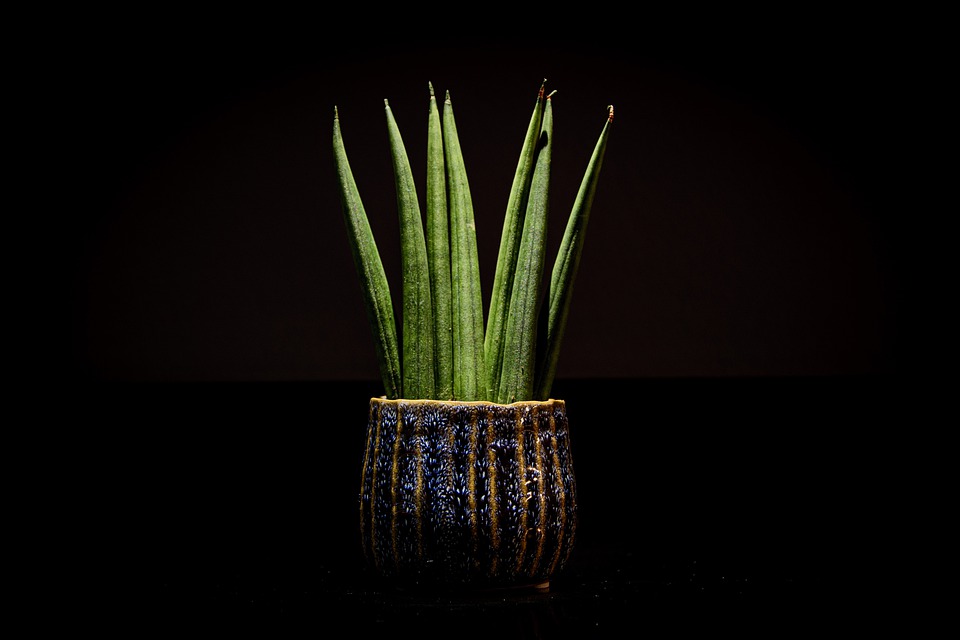
Prevention and Treatment Methods
Reduce soil moisture. At the early stage of the disease, use 47% Garenon wettable powder 700 times, and spray 2-3 times, once every 5-7 days.
Anthracnose
Symptom Characteristics
The spot starts at the leaf tip or leaf edge, brown, the spot surface is now obvious or inconspicuous whorls, its diseased leaves formed with a scattered or regular arrangement of small black spots.
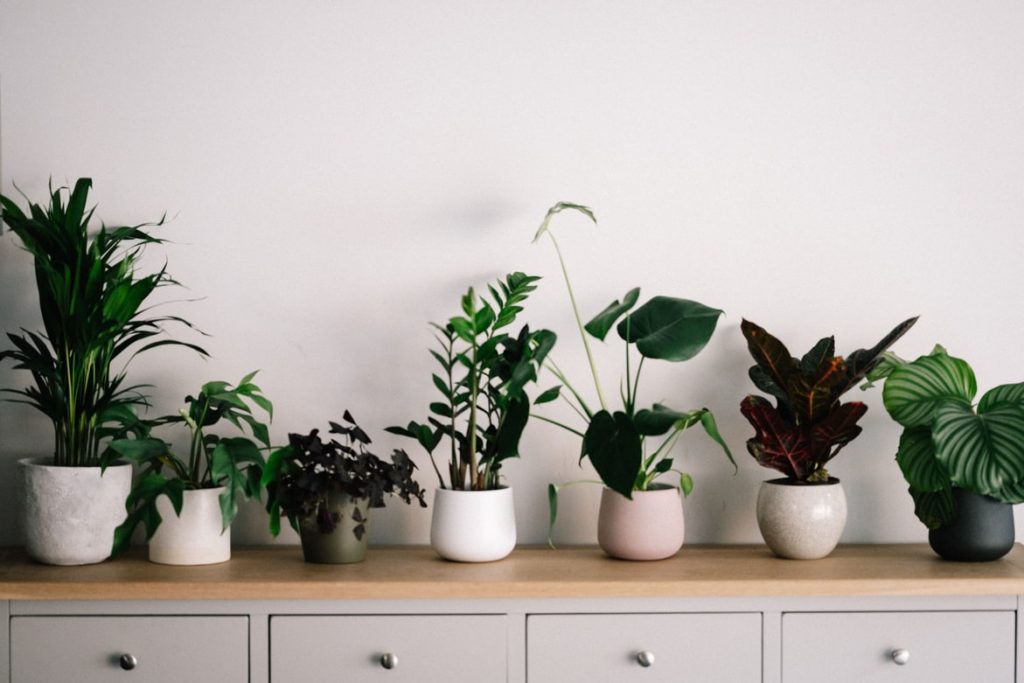
The pathogen is a fungus of the subphylum Hemiptera, called spiny discospore fungus. South of the high-temperature weather shade conditions conducive to the onset, especially in April-June the onset of more serious.
Disease Prevention Methods
Cut off the diseased leaves and dead leaves in winter and spring, increase the application of phosphorus and potassium fertilizer, and spray 50% anthrax fomite wettable powder 800 times or 75% chlorothalonil + 70% tolbutazin wettable powder (1:1) 1000 times in time at the early stage of the disease.
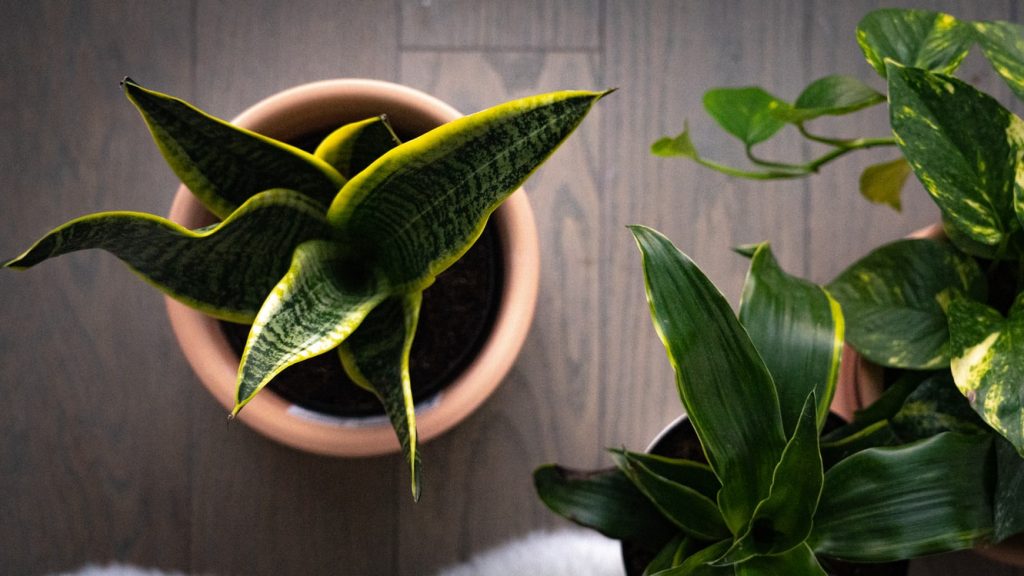
Sagittaria Mealybug
Symptom Characteristics
Adults and insects swarm the shoots and leaves to suck the sap, making the leaves turn grayish-green or yellow and causing the whole plant to wilt.
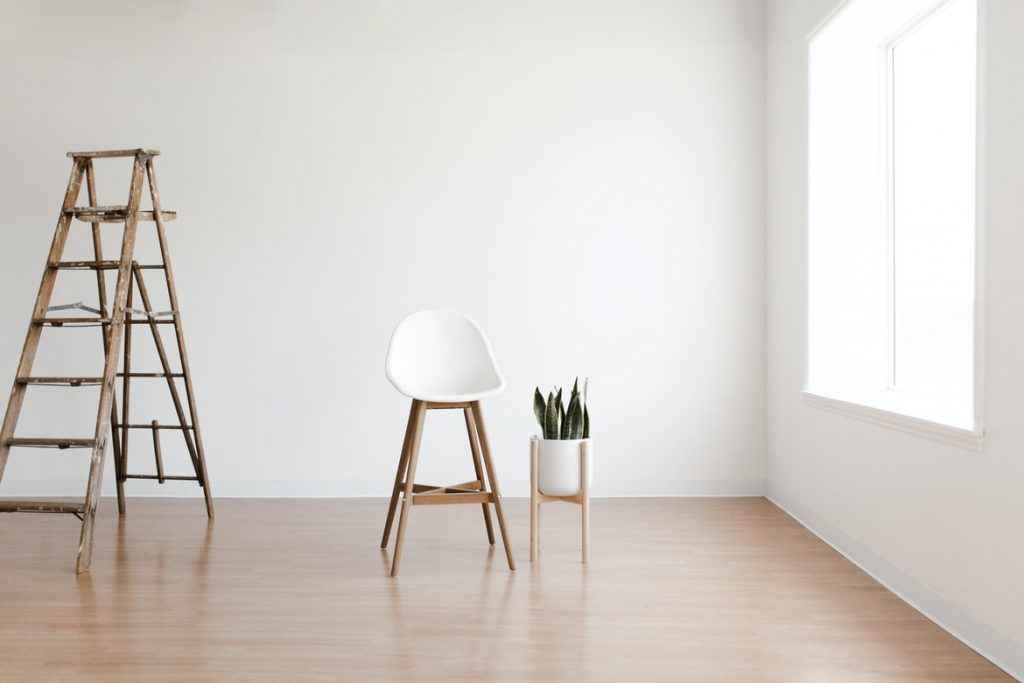
Prevention and Treatment Methods
The best application is made during the dispersal and transfer period of the insects, when the insects have no wax powder and mesocosm and the resistance is weakest.
Available 40% fluconazole emulsifier 500-1000 times or 50% malathion emulsifier 600-800 times, 80% dichlorvos emulsifier 800 times, 25% imitation or insecticide net or 30% benzbromophos and another emulsifier 400-600 times.
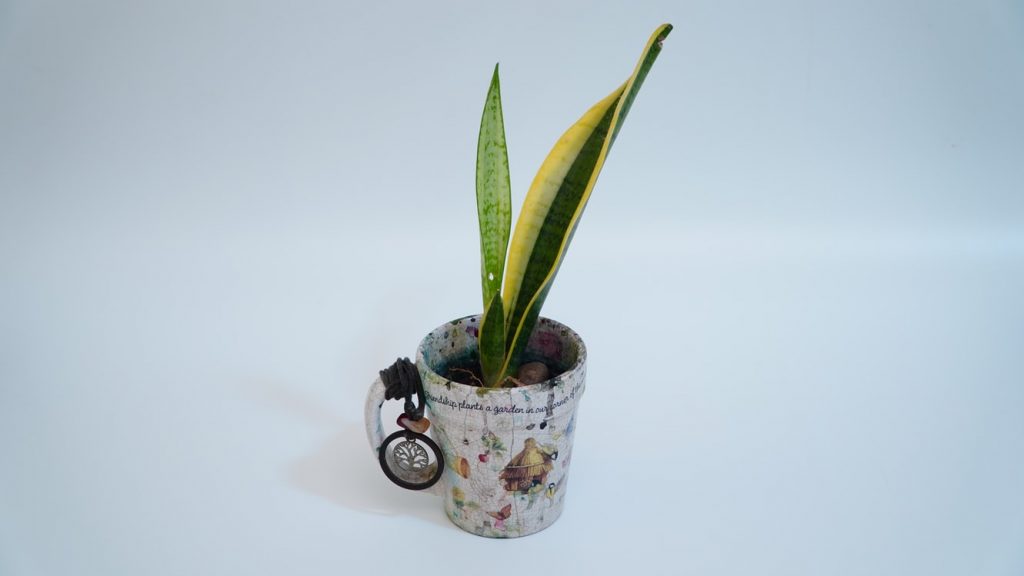
Also available are mineral oil emulsions with an oil content of 0.5% in summer and autumn, 3%-5% in winter, or pine resin compound with 18-20 times in summer and autumn, 8-10 times in winter.
If the chemical pesticides and mineral oil emulsion are mixed with better results, the secretion of wax powder or wax shells also has the effect of prevention. The ratio of turpentine compound is caustic soda 2: rosin 3: water 10.


